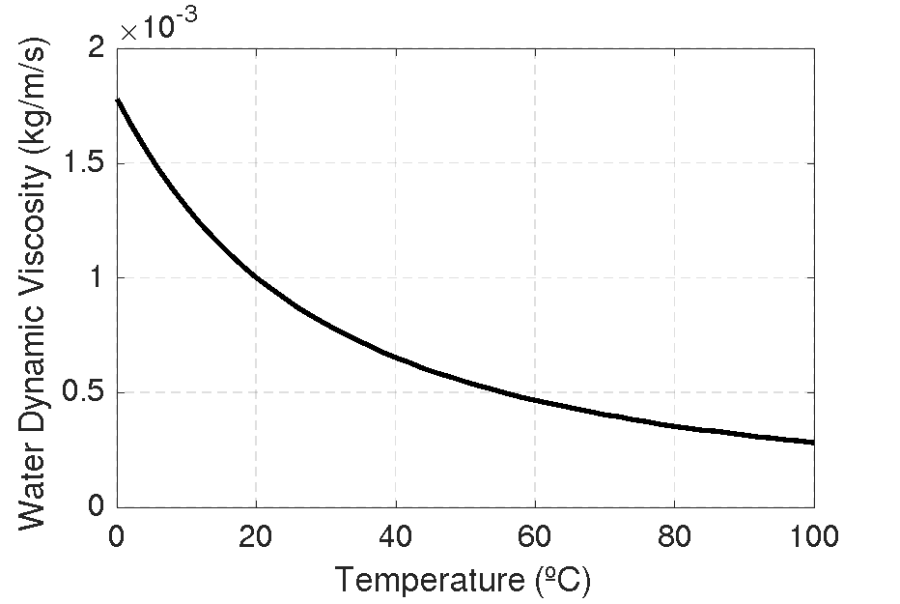

Boss, in Treatise on Geochemistry, 2007 1.04.4.1.1 Hydrodynamic turbulence

Additional evaluation and analysis could be employed to further develop these base green diesel formulations.Ī.P. The fuel performance tests include engine performances (e.g., break specific fuel consumption or brake thermal) and emissions tests (e.g., emissions of unburned hydrocarbon, carbon monoxide, particulate matter, soot, or carbon dioxide).Īt the end of this tailor-made green diesel design algorithm, the most promising base formulations that meet the all the target properties are defined. Only the blends that satisfied the property validation in Task 4.1 are considered further for fuel performance tests. By this strategy, the experiments could be terminated immediately once the fuel blend is unable to meet the target value of the simple property tests. This strategy provides the most efficient approach to experimentally investigate green diesel blends. 2.4.1 Task 4.1: Property ValidationĮxperimental property validation is first performed for the simple property tests (e.g., density, kinematic viscosity, or flash point) and followed by the more complicated tests (e.g., cetane number, higher heating value, or distillation temperature). The shortlisted green diesel blends are experimentally validated to ensure the predicted fuel properties are in good agreement with the actual experimental results and satisfied engine performances are attained. Mustaffa, in Computer Aided Chemical Engineering, 2016 2.4 Phase 4: Experimental Validation ‘Supercritical fluids combine the advantageous properties of liquids and gases at once’. This is beneficial, as supercritical fluids feature liquid like densities but nevertheless-due to the gas-like viscosities-also exhibit an improved mixing behaviour. Compared to liquids, inhomogeneities are degraded much faster in supercritical fluids. Hence the Sc number for supercritical fluid mixing is in between the mixing processes in liquids or in gases. Only the macroscopic inhomogeneities can be degraded faster by stirring with a spoon.įor mixing processes in supercritical fluids the hydrodynamic mixing layer is approximately by a factor of 10 thicker than the mass diffusivity layer (Sc ∼ 10). One example is adding a coloured transparent liquid-A to a non-coloured transparent liquid-B. Consequently composition inhomogeneities are long living.

Mass diffusivity is too slow to completely degrade the inhomogeneities of the Kolmogorov scale. This means that composition inhomogeneities at the Kolmogorov scale prevail. Therefore the Kolmogorov structures are not observable in the composition field of the mixing process, but still may be observable in the respective velocity field.įor mixing processes in liquids the hydrodynamic layer is much thicker than the mass diffusivity layer (Sc > 1). This means that composition inhomogeneities on the Kolmogorov scale are degraded once the inhomogeneity has reached the Kolmogorov scale. įor mixing processes in gases the thickness of the hydrodynamic mixing layer and the mass diffusivity mixing layer are approximately equal (Sc = 1).It physically puts into relation the thickness of a hydrodynamic mixing layer and the thickness of the diffusive mass transfer mixing layer. Is defined as the ratio of momentum diffusivity (kinematic viscosity) and mass diffusivity. (1.1) Sc = kinematic viscosity in m 2 / s mass diffusivity in m 2 / s ,


 0 kommentar(er)
0 kommentar(er)
